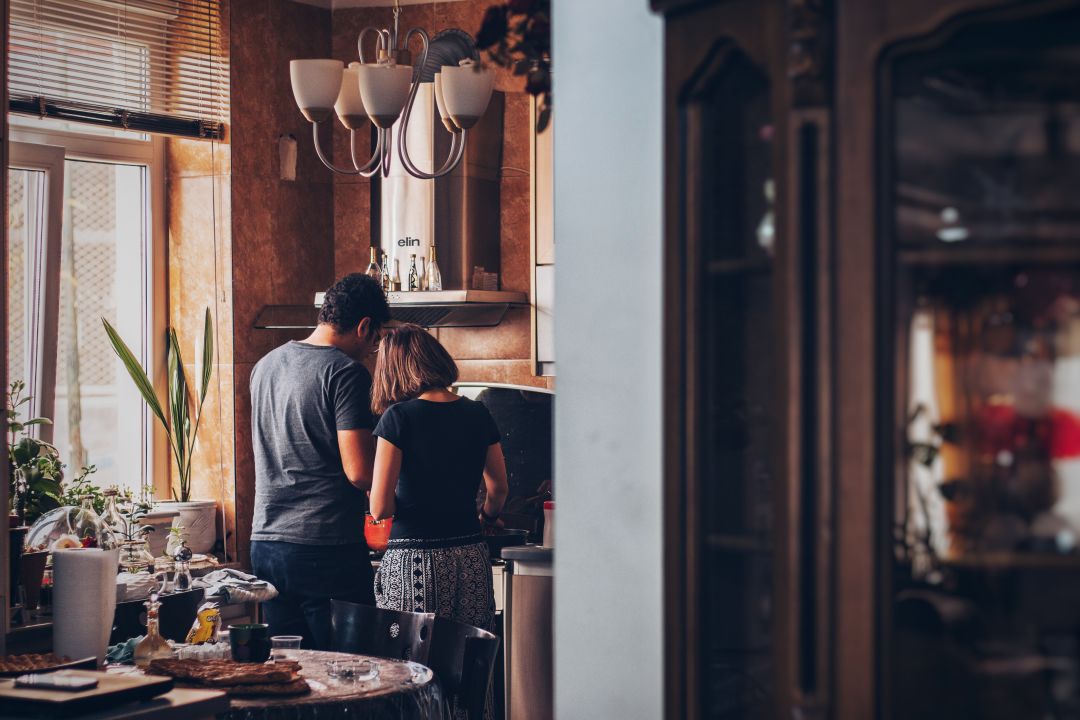By using our site, you agree to our cookie policy.
Your August market update
Was it the stamp duty holiday driving prices? What does the drop in transactions really mean? We've got it all in your August market update.

The market is continuing to move quickly — and it can be difficult to keep up with the constant headlines about record prices and demand, to figure out what’s actually going on. That’s why every month, we look beyond the headlines on what’s happening with the market and why — and, most importantly, what that means for buyers and sellers. From whether the stamp duty holiday was really pushing up prices to what the fall in transactions really means, we're here to help. Welcome to your August monthly update.
Was it all the stamp duty holiday?
While many experts have pointed to the stamp duty holiday as one of the biggest factors in the booming property market, others aren’t so sure. New research from the the Resolution Foundation has argued that the stamp duty holiday wasn’t the biggest factor in the 13.2% yearly increase in property prices. Why? Well, interestingly they found that the areas that had the biggest increases in prices were actually the areas that benefited the least from the tax cuts — suggesting maybe it wasn’t the driving factor. “The problem with the stamp duty holiday isn’t that it caused a house price rise, but that a boom in transactions and prices would almost certainly have taken place without it,” Krishan Shah, researcher at the Resolution Foundation, said. They also pointed to the fact that house prices have remained high even as the stamp duty holiday has begun to taper.

That being said, many individuals pointed to the stamp duty holiday as a reason they wanted to move quickly. While there was less money to be saved on stamp duty on smaller homes, it was still thousands and thousands of pounds — and may be worth a lot to the people choosing to sell. So exactly what drove such a huge rise in prices is certainly a complex issue.
Figures from HMRC showed that property transactions in July were 62.8% lower than in June. That may seem like a big drop, but numbers were still up 4.2% higher than July 2020."
“Off boil, still hot”
In line with last month’s dip, we saw a decrease in prices and transitions over the last month — but the market is still performing higher year-on-year. Figures from HMRC showed that property transactions in July were 62.8% lower than in June. That may seem like a big drop, but numbers were still up 4.2% higher than July 2020.
Similarly, price rises month-on-month aren’t as astronomical as they were — but the increases haven’t seemed to have dropped very far. What does that mean for buyers and sellers? It’s still a very busy, very competitive market — so expect things to continue to move quickly. Or as Reuters put it the market is “off boil, still hot” And in some places, it is still very hot. Sales of smaller homes are still driving high demand — and the lack of stock is keeping things bustling. Plus, there are other macro factors to consider.

“And let’s not forget that other incentives are still at play to make it easier for people to access the market, like the increased availability of 95% mortgages and the seemingly never-ending low interest rates,” Strike CEO Sam Mitchell explained. “And who knows, the government may have something else hidden up their sleeve to introduce once the stamp duty holiday tapering off period ends in September.”
We’ll have to wait and see. Nobody can predict what will happen in the market, but for now it seems that while things might be slowing slightly, there’s still a lot of momentum. So expect a competitive market for buyers, especially if you’re looking for smaller homes or considering a rural transfer. And if you’re a seller of those sorts of homes, you’ll likely find demand and (prices) to stay high for the foreseeable future.
Strike feel free
Copyright © Strike Limited 2024

